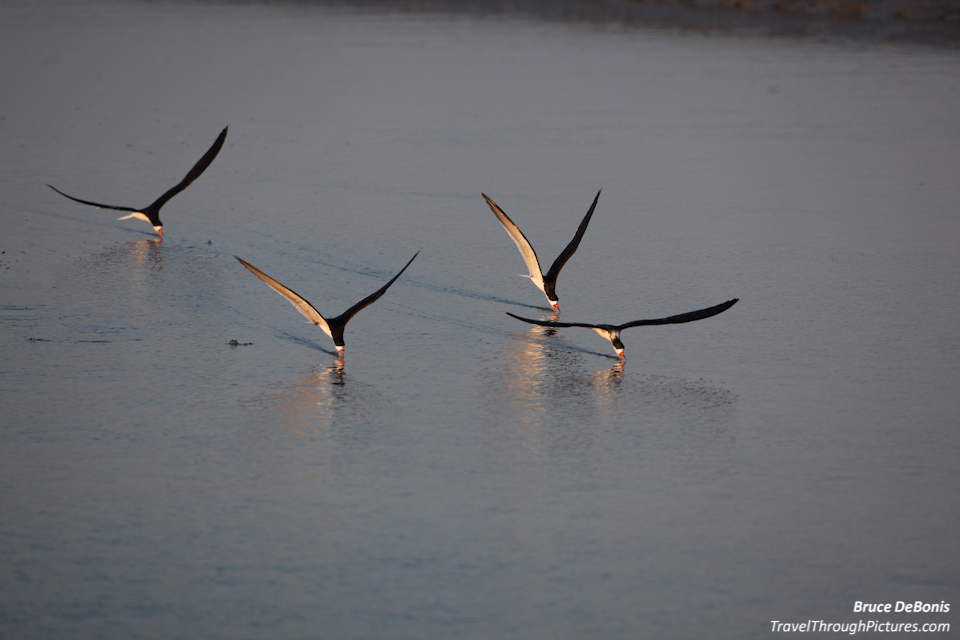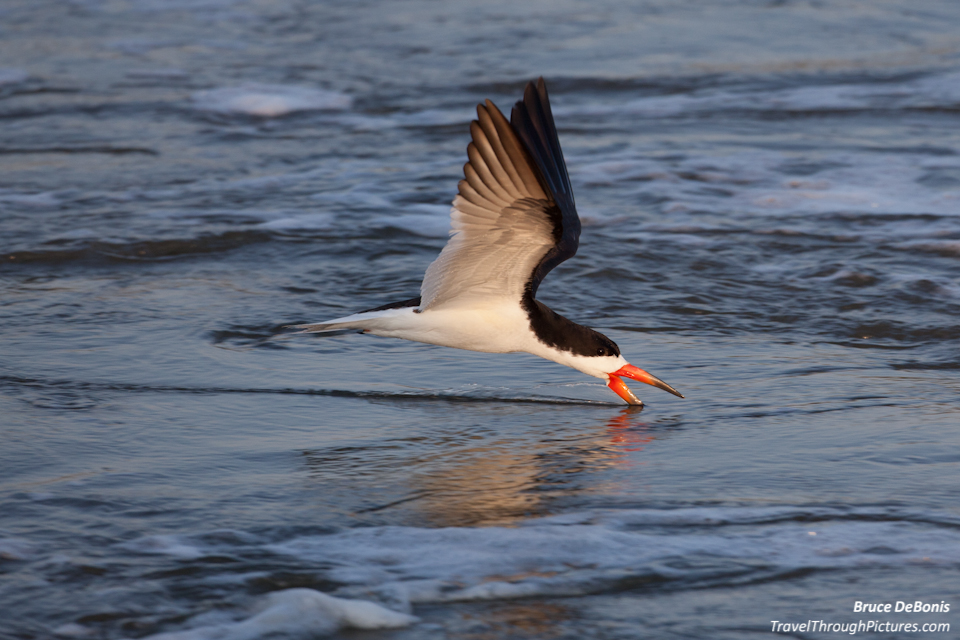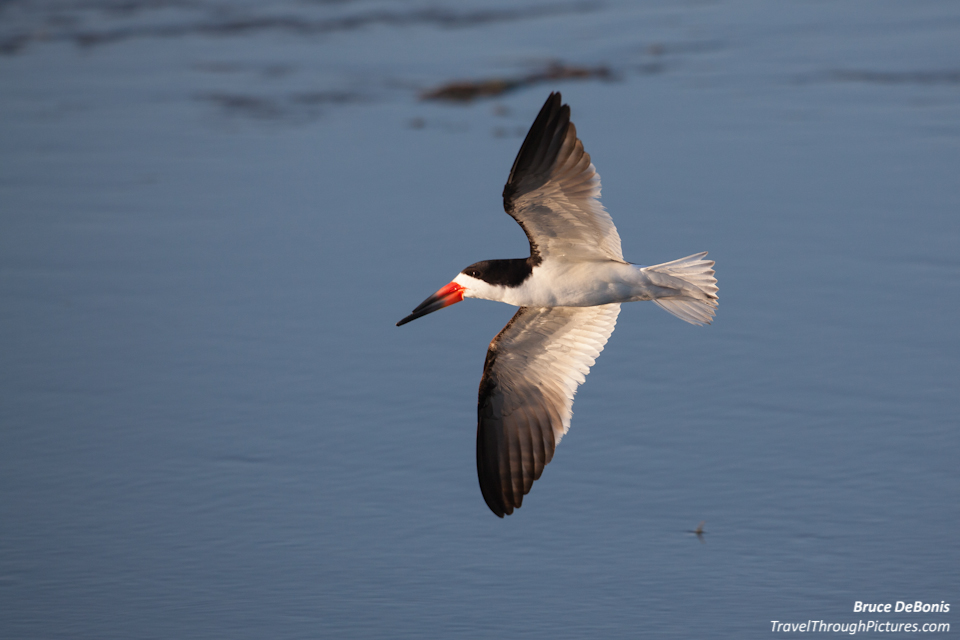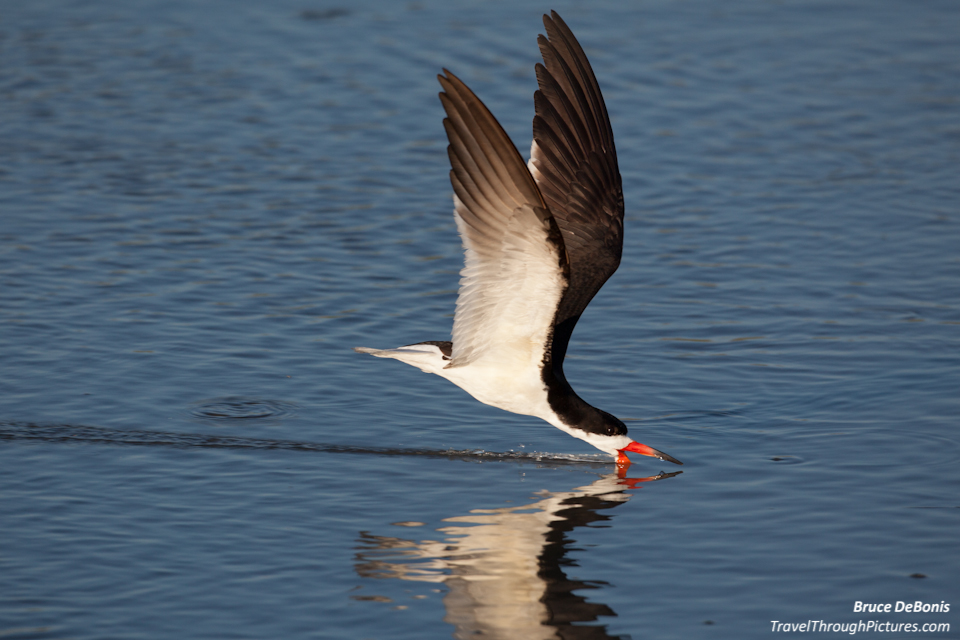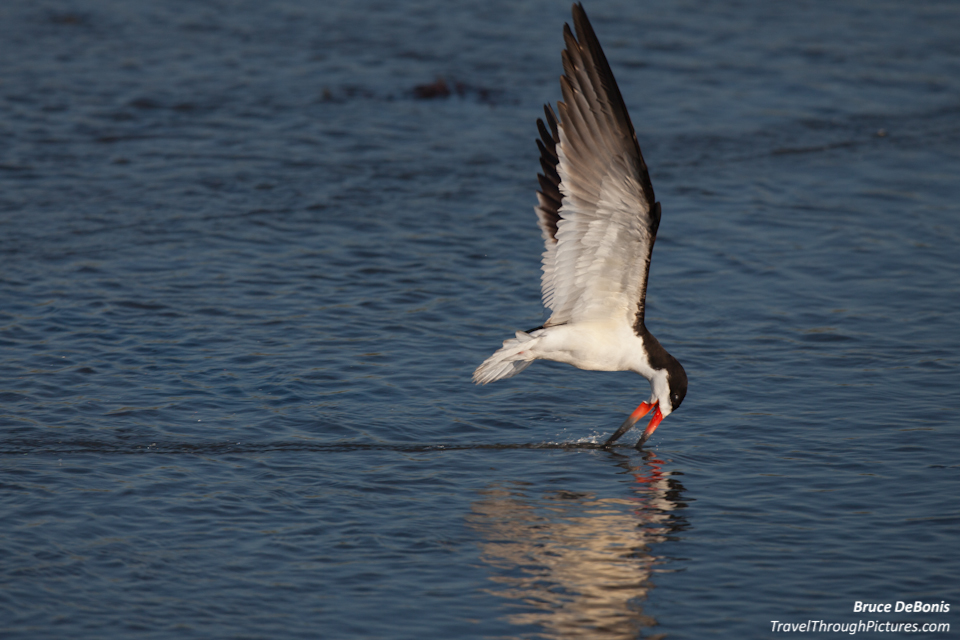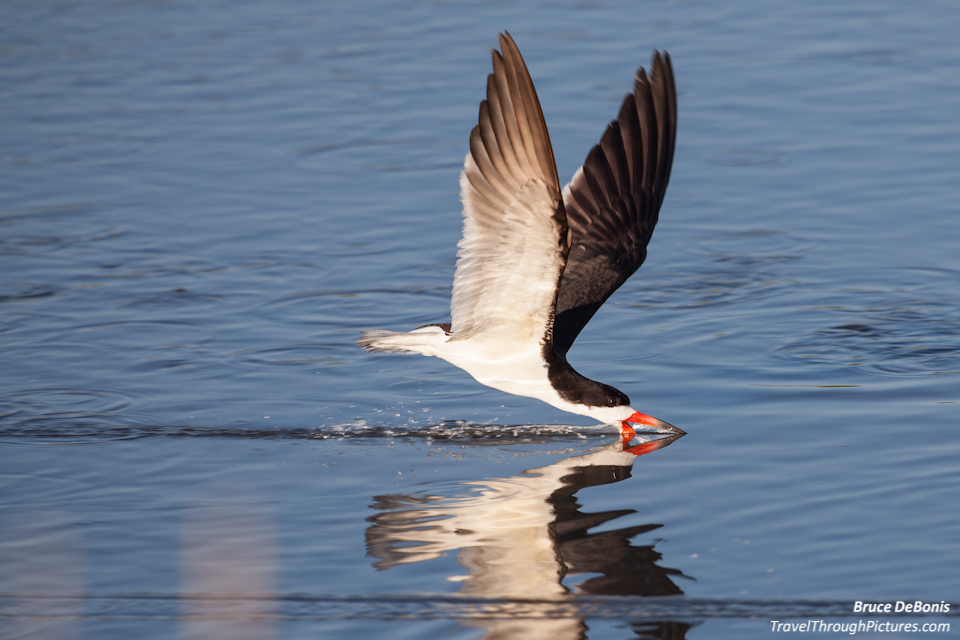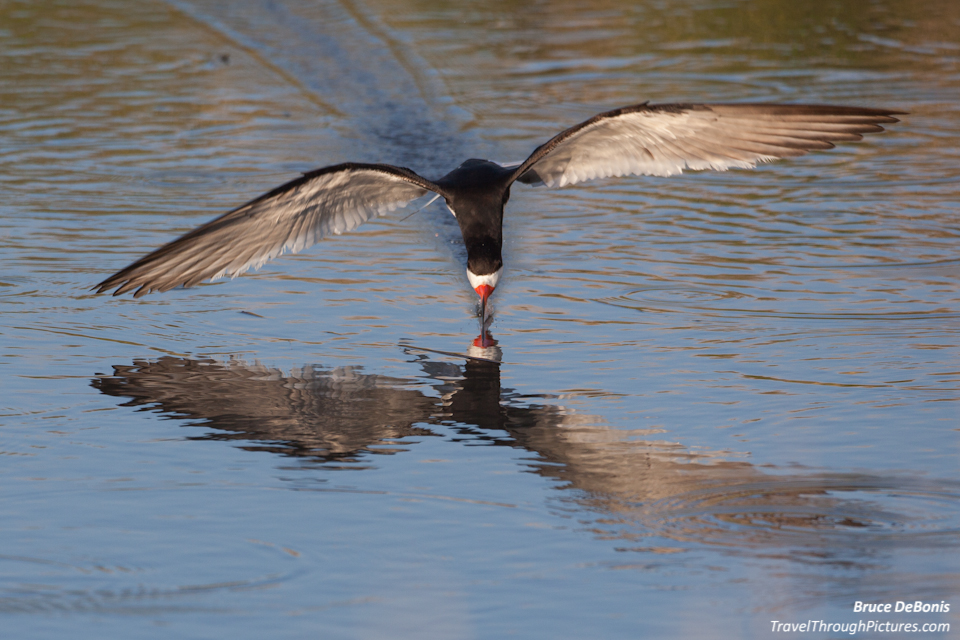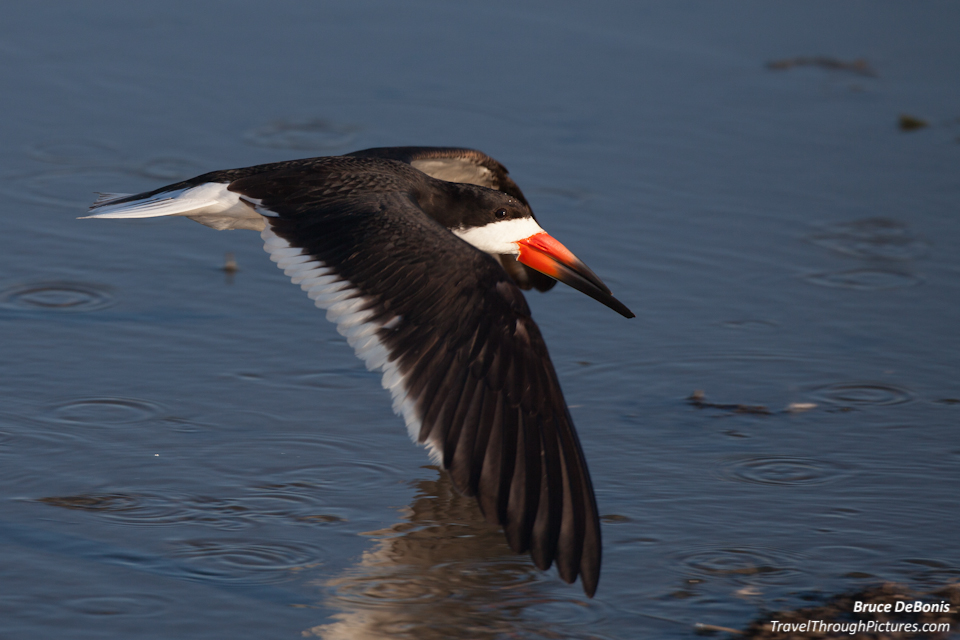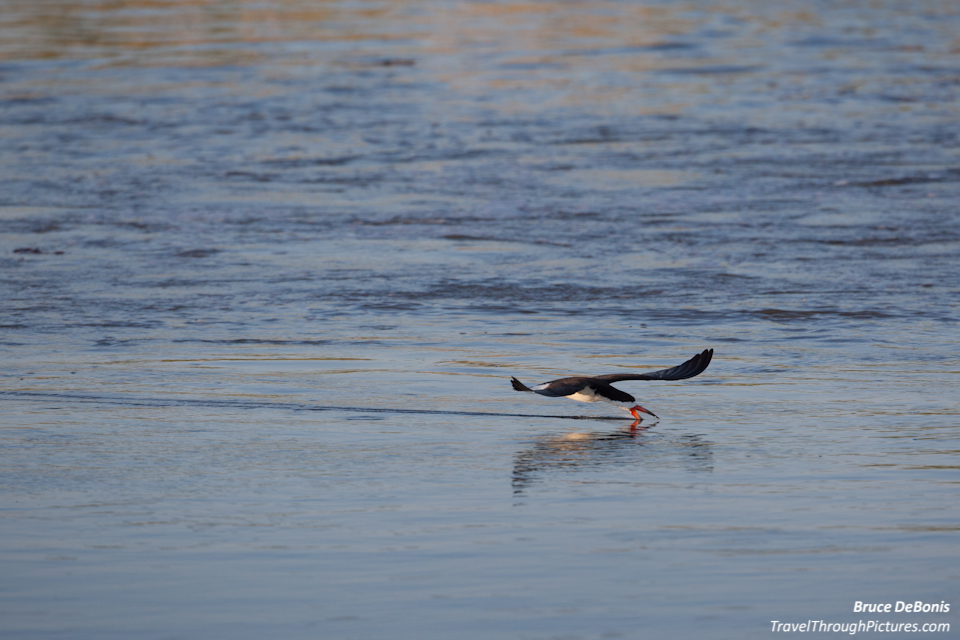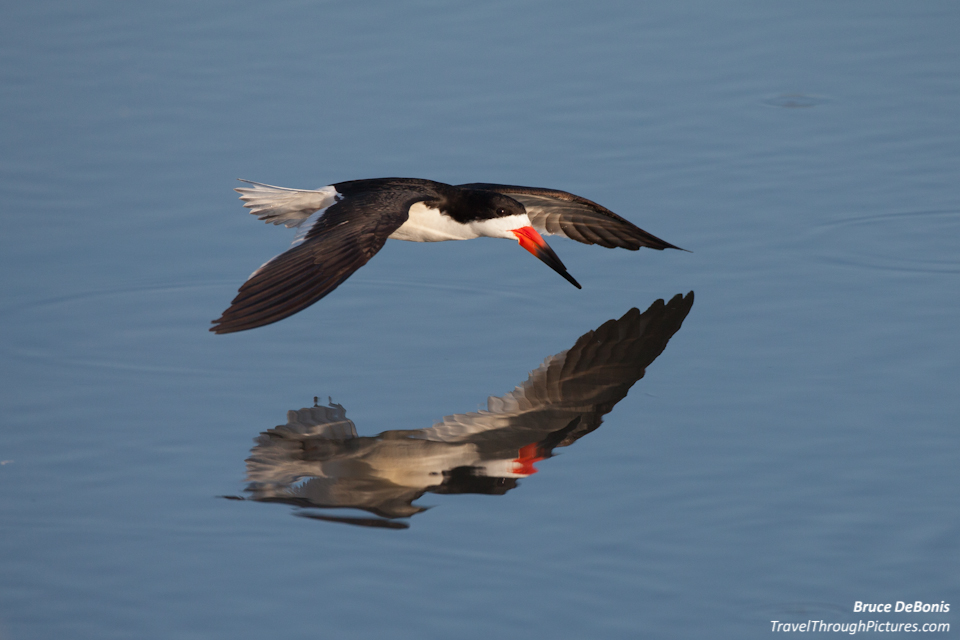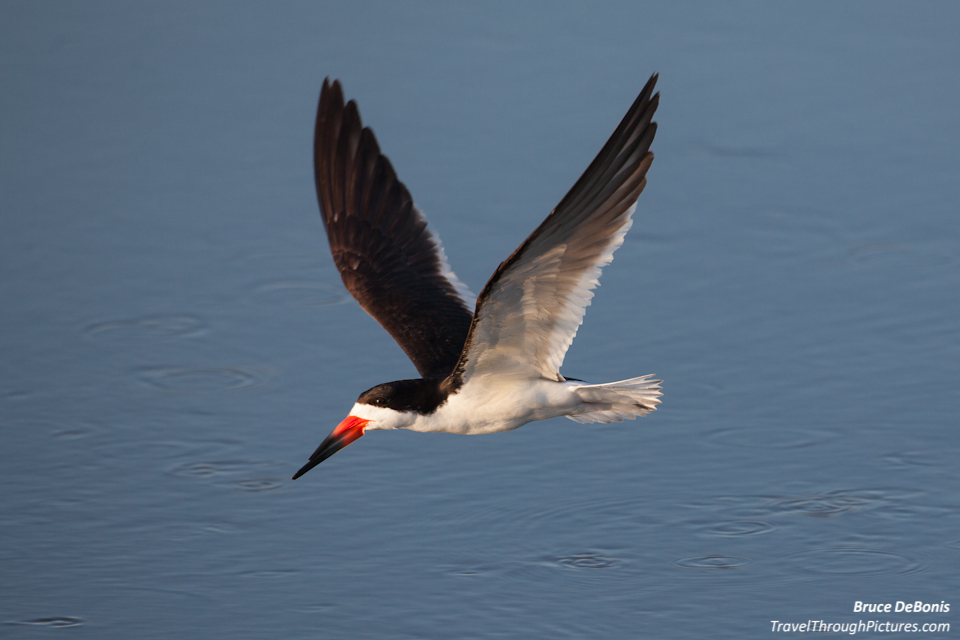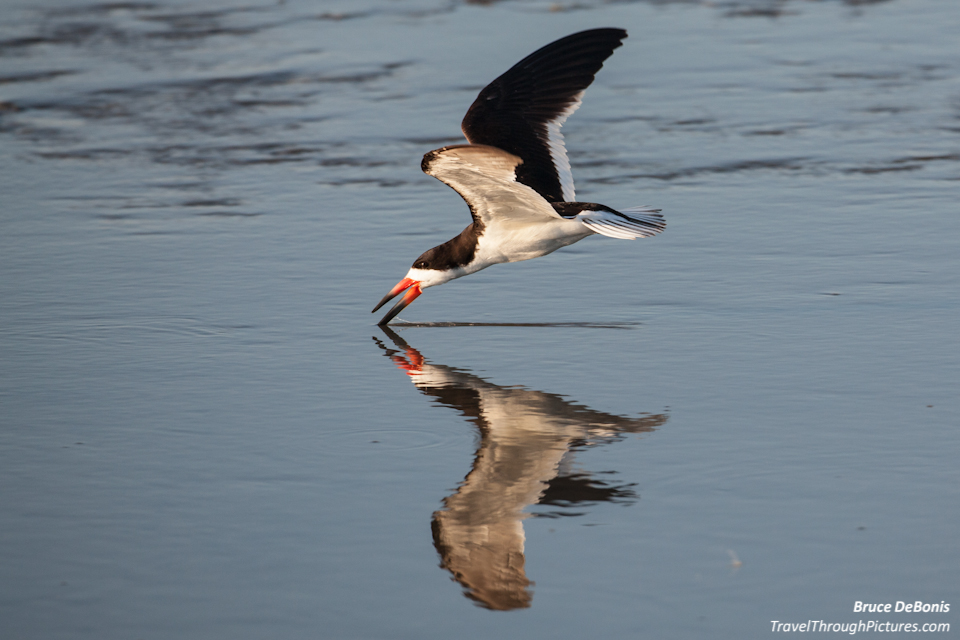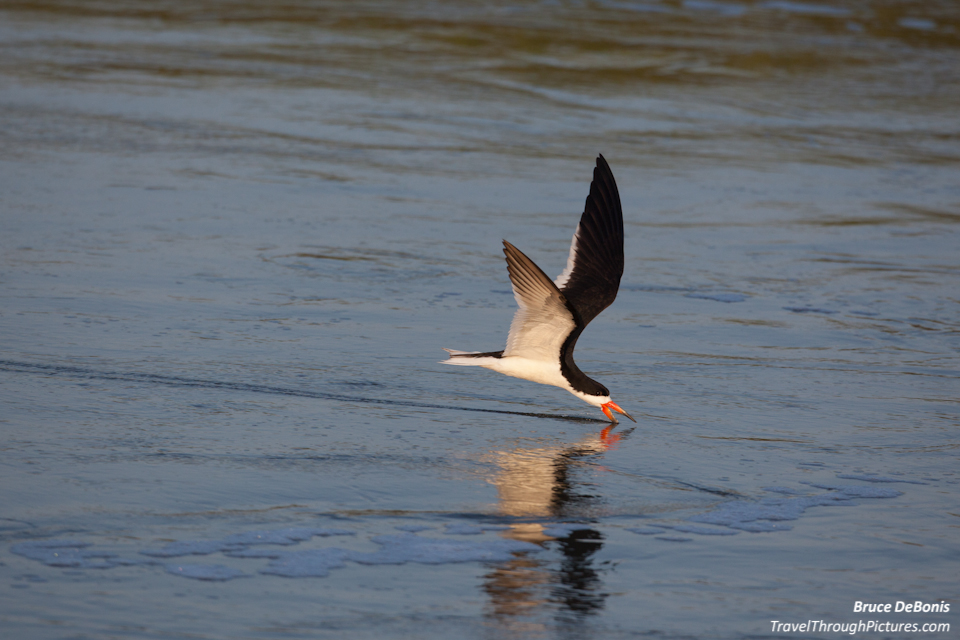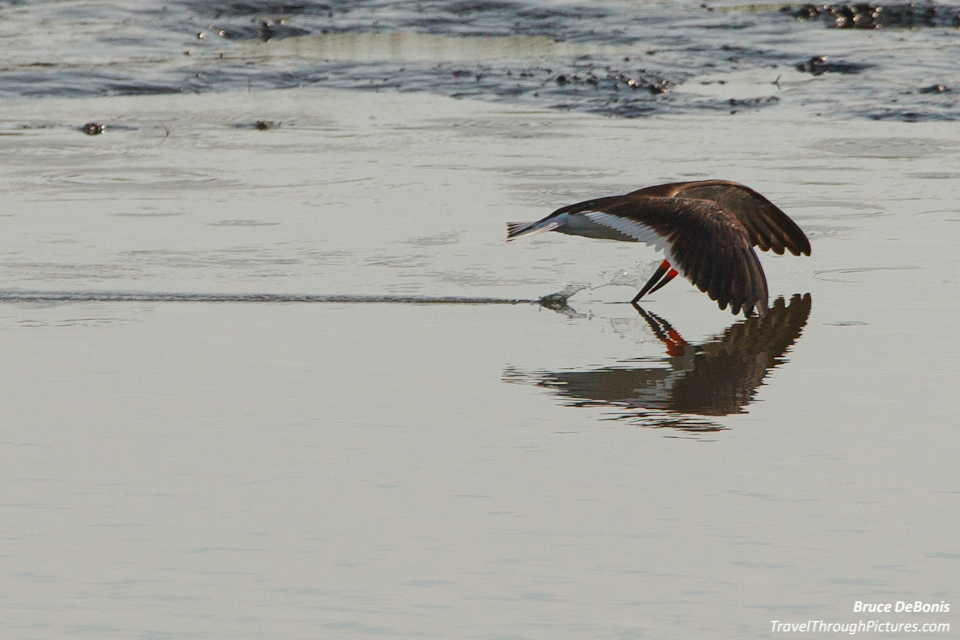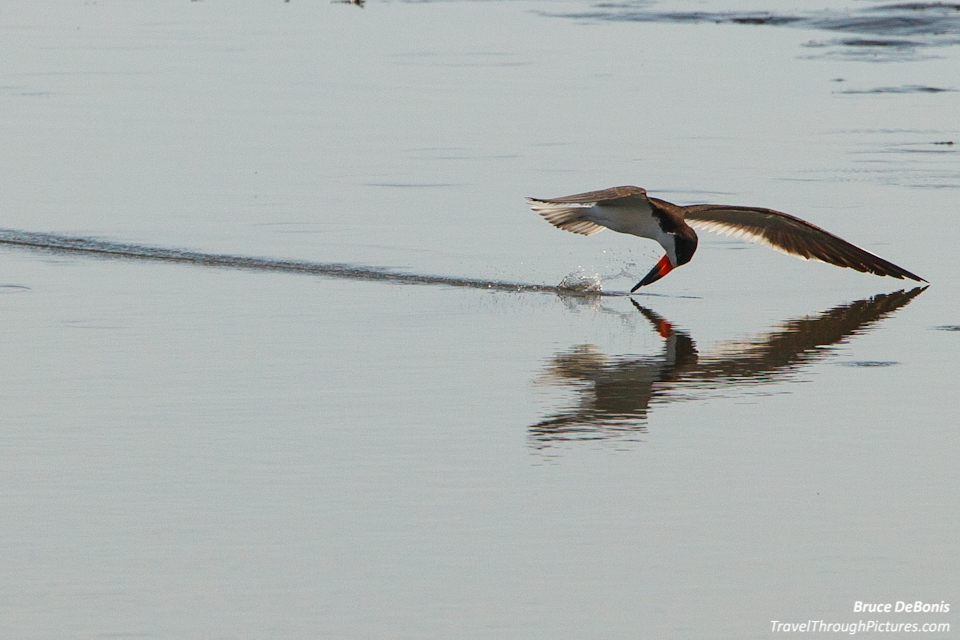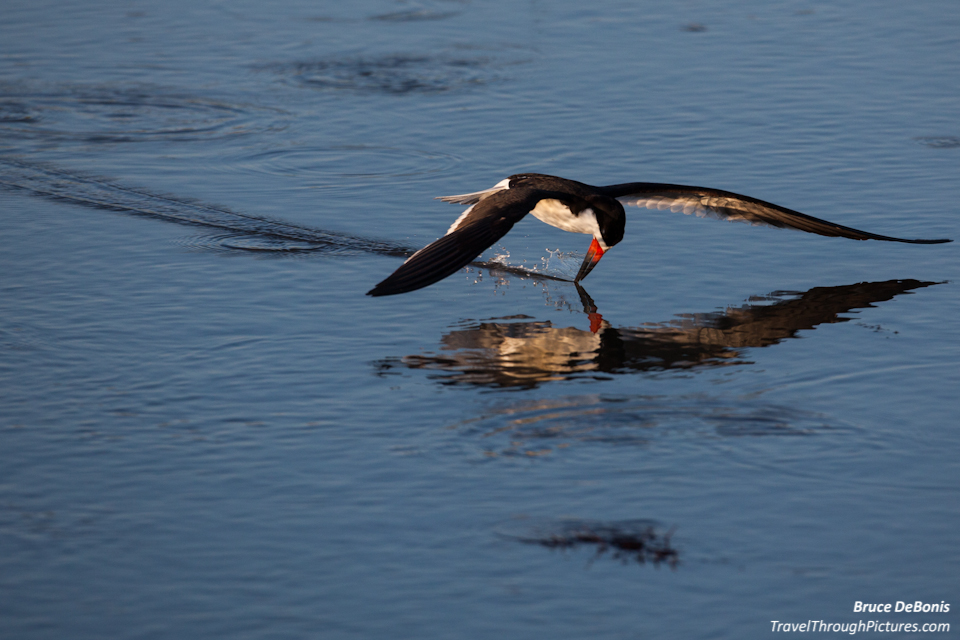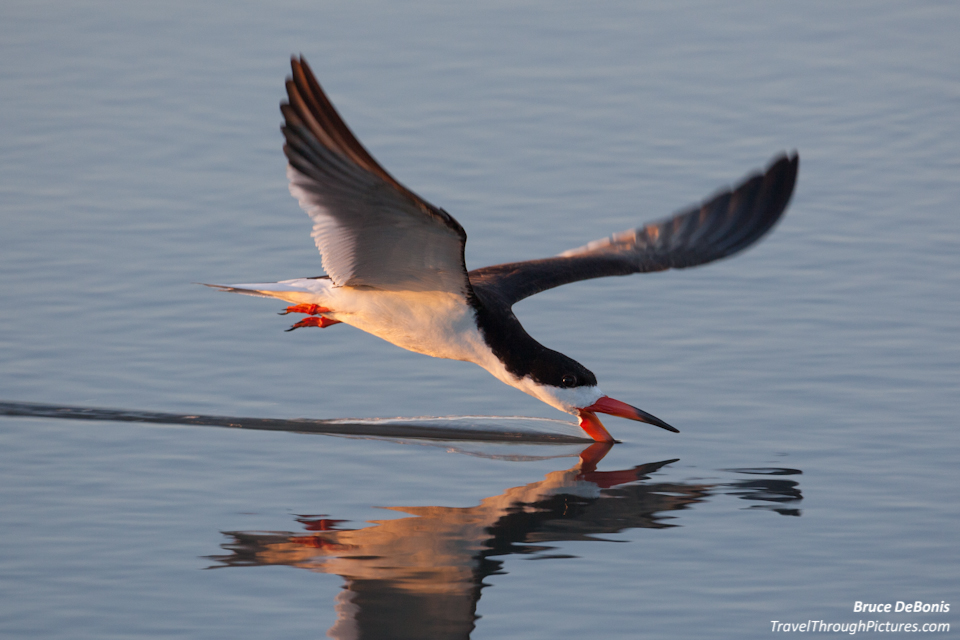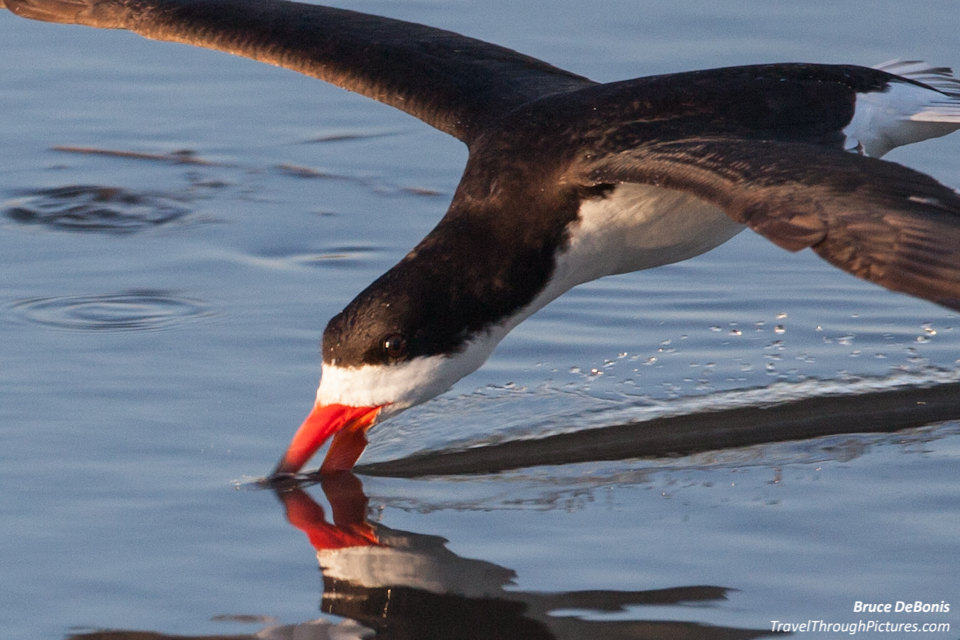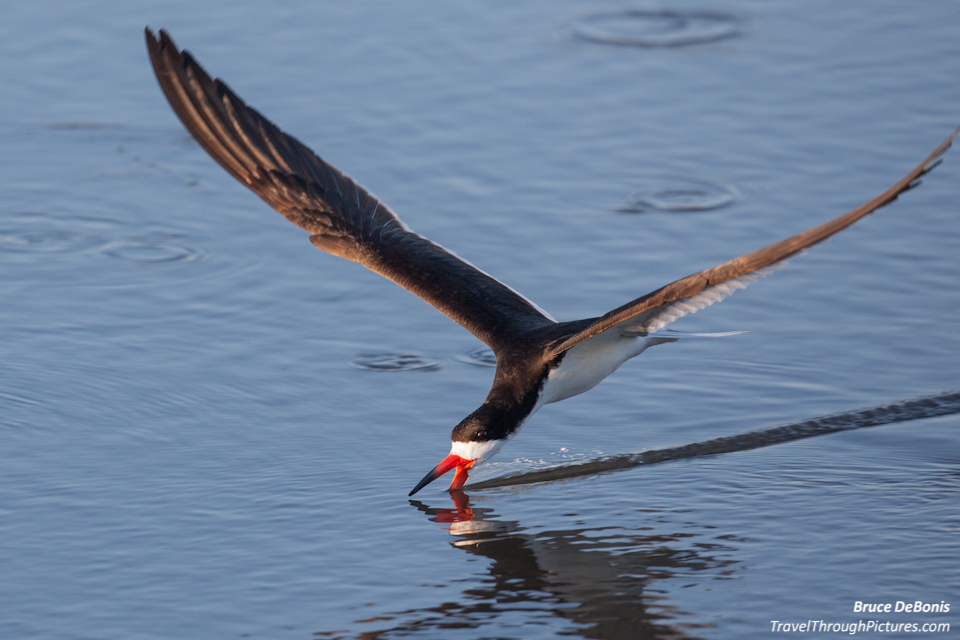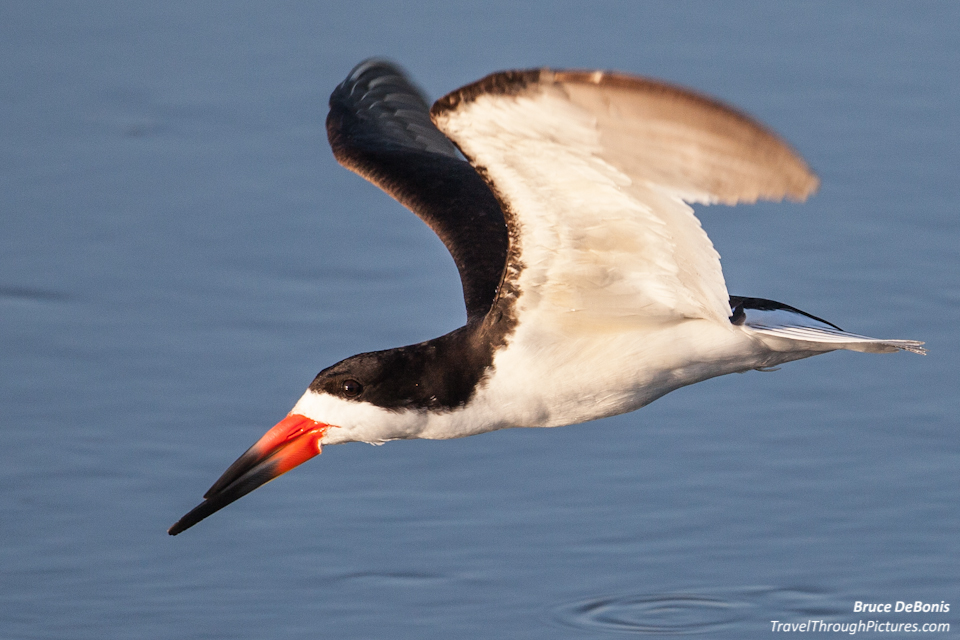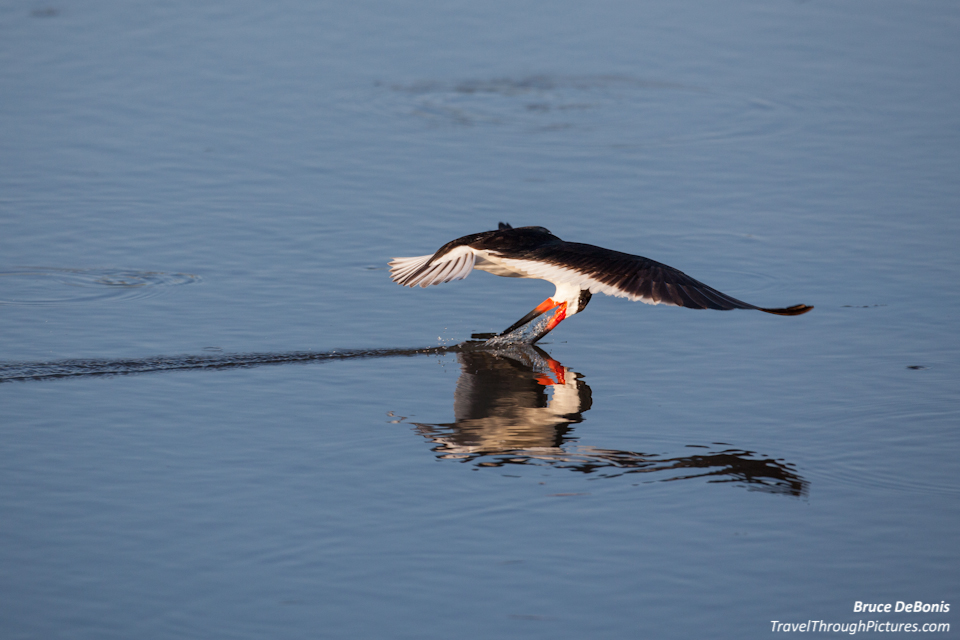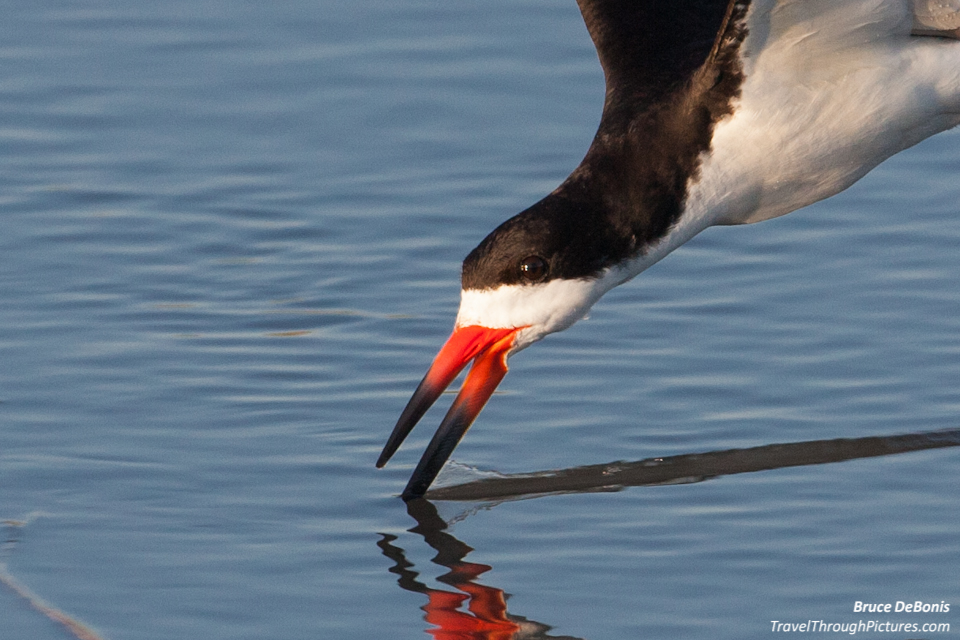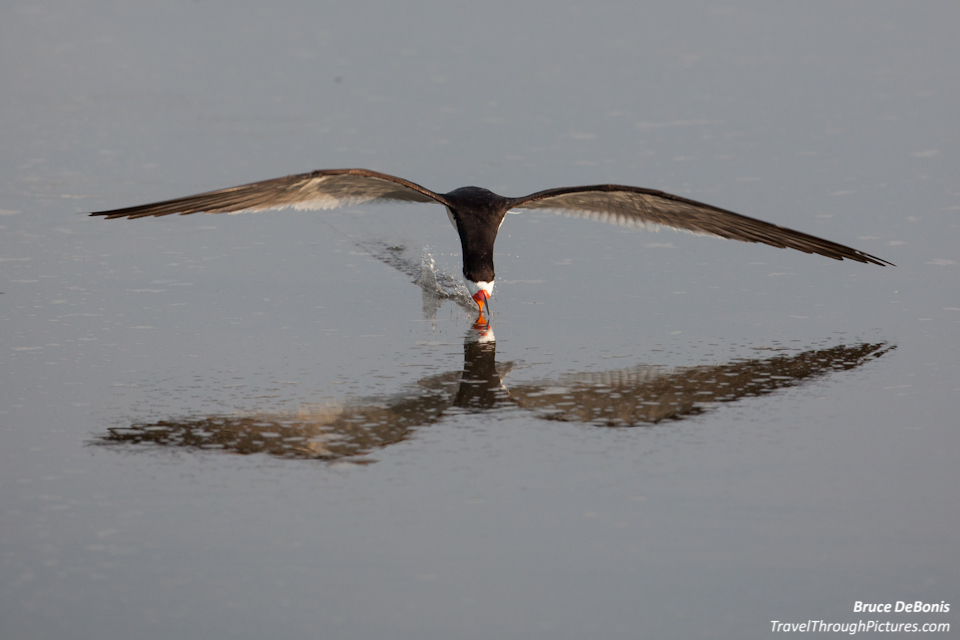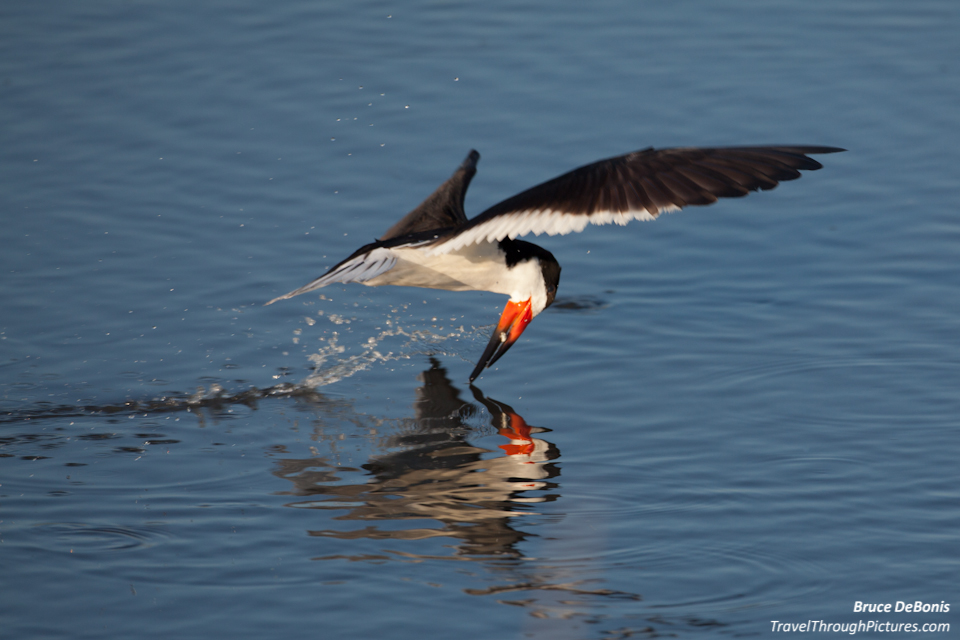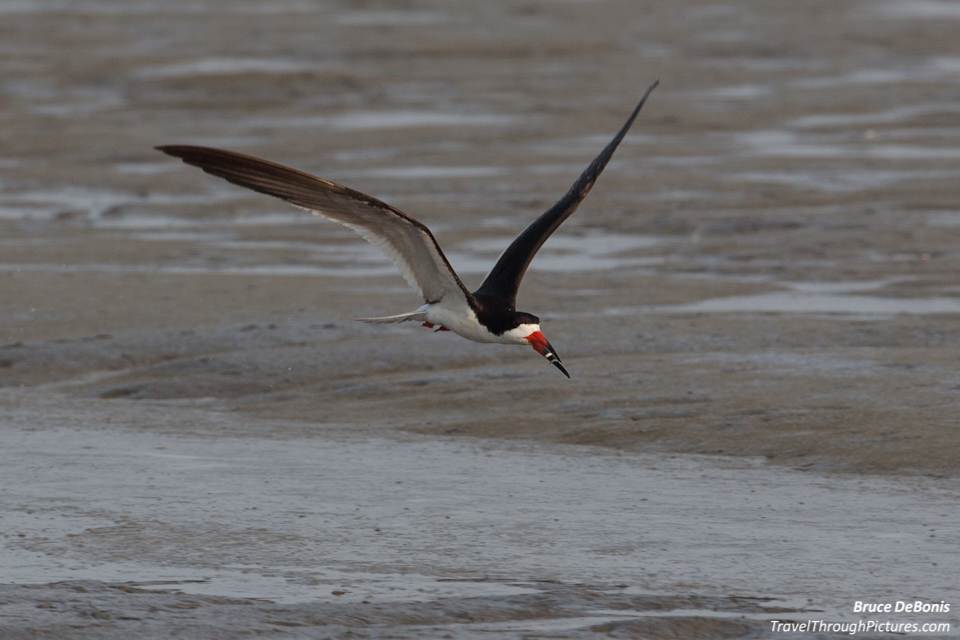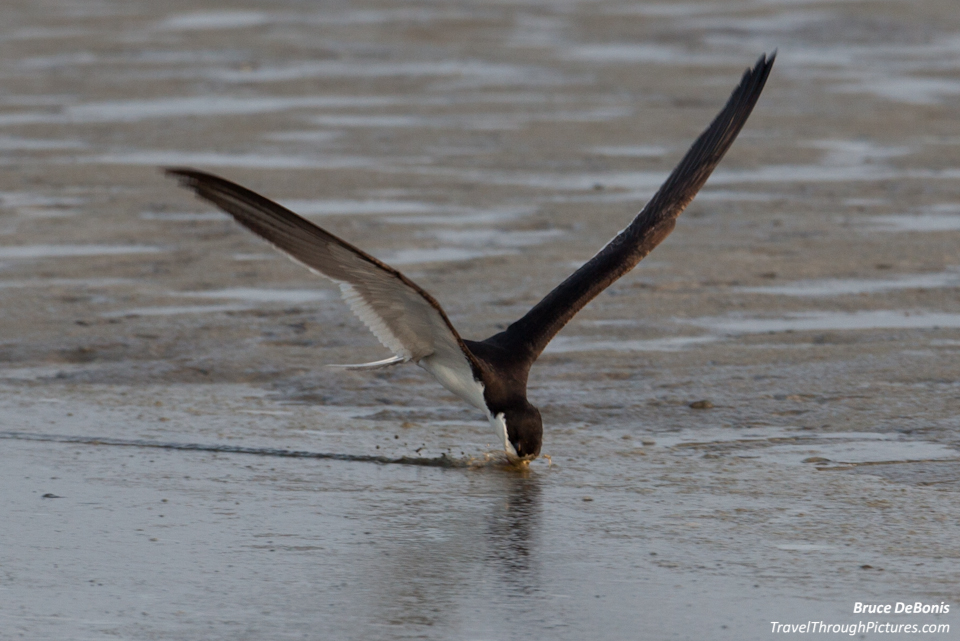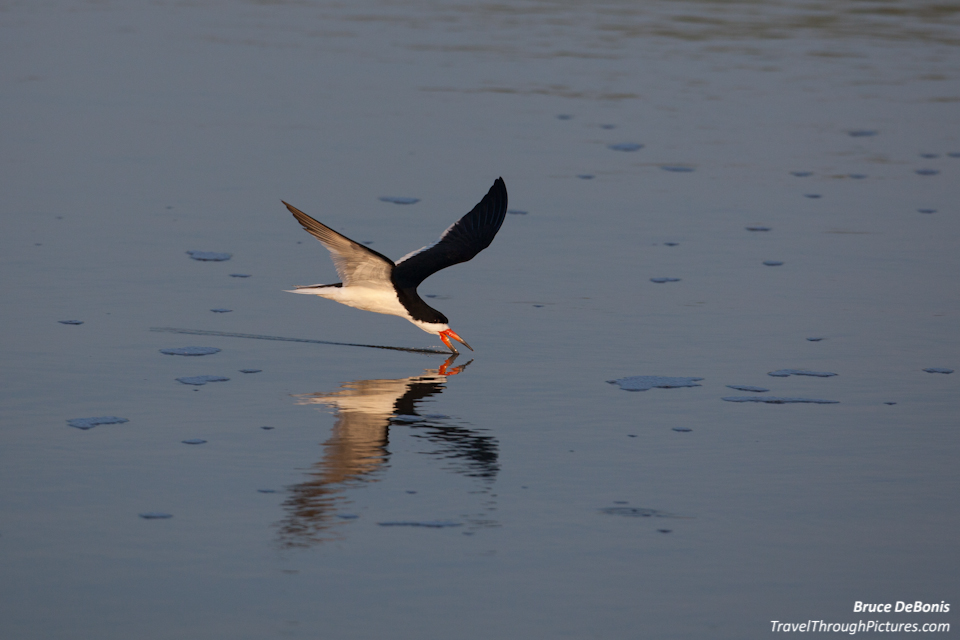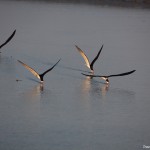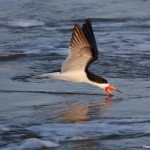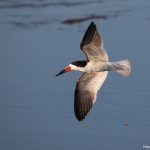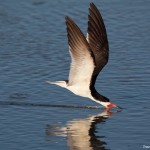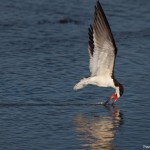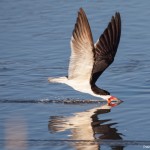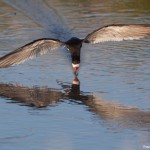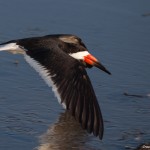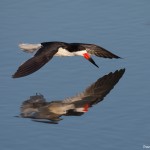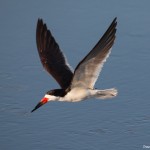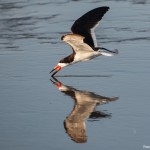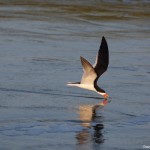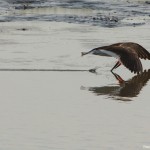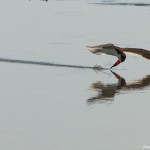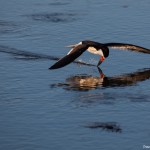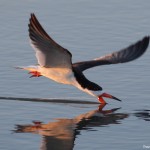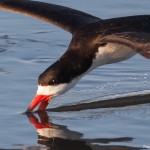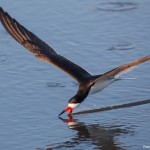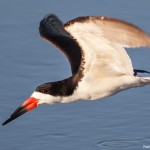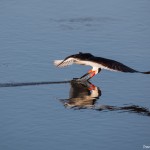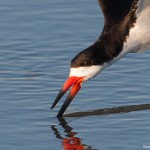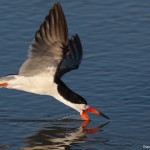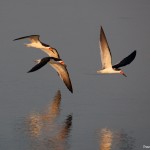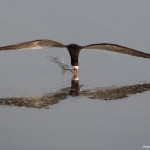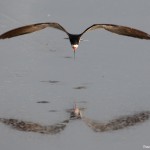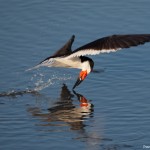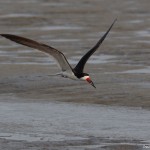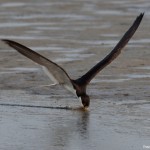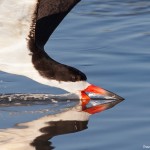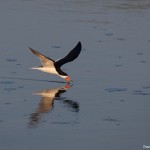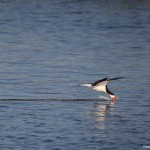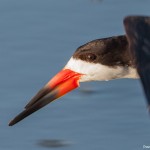Black Skimmers & Shooting Birds In Flight – with very little success
So you think I am going to give you tips on how to shoot birds in flight eh? Well forget it! I would if I could but I suck at it. I really am awful at shooting birds in flight. “Oh the pictures here are not that bad”, you say? Well how about his fact: In one afternoon, I filled a 32 gig memory card and then an additional 16 gig memory card with over ONE THOUSAND, SEVEN HUNDRED SHOTS, and only TWENTY FIVE CAME OUT! The pictures here are more a testament to tenacity and the random success of insanely making the same mistakes over and over and over again than any skill I may have.
Clearly I am doing something wrong…. like taking up the wrong hobby.
By the way, the he-man bird photographers on the photography forums refer to this type of photography as BIF… for birds in flight. So now I can say things like, “I F’d up my BIFs”.
Black Skimmers
I just love these magnificent birds. New Jersey has listed them as endangered so I am fortunate to find them in the salt marshes near Atlantic City. Their lower bill extends out longer than their top bill and is shaped like a thin, flat knife blade. They shoot along just inches above the water, drop their lower bill into the water, snag little fish, and, on occasion, an unfortunate crustacean. When they hit something solid, their head will snap down and back allowing their bill to slide over the obstruction as they continue on unabated.
I have a picture above, of one dropping that bill into mud while shooting along for ten to twenty yards spraying up muck. In the next shot of the sequence, the bugger comes up with two fish at one time!
They are most active in the early morning and in the late afternoon into dusk…. and this is part of the challenge of getting good photographs as the light is not that strong during these times.
Hard to Photograph
The challenge: They are quick, the lighting is not strong when they are out and about, and they are small in the camera frame even with my long Canon 500mm f/4 L lens. This makes tracking and focusing a real technical problem.
Tracking: I use a wonderful Gitzo tripod with a Wimberley gimbal head. This head allows this heavy camera and lens combination to float perfectly balanced and be moved very easily in all directions. So you would think it would be easy to track a moving bird. Well it is not. Notice in the picture of my rig here, that the camera body extends back, away from the pivot point. This means that when I pan say from left to right, I have to physically shift my body in the opposite direction as the camera body has to swing around the tripod pivot point. For a long pan from far left to far right, I have to actually shift my feet to avoid falling over and with a tripod leg in my way, it can be a pretty stupid looking maneuver.
I am getting better at panning but I really have trouble keeping that bird in the center of the frame and that is exactly where it needs to be for the camera to lock focus.
Focusing: Given my lousy tracking skills, the camera has no idea what I am actually trying to focus on. To focus on a continually moving target, you really need to put the camera into AI Servo mode which invokes Canon’s focus-tracking system. The system is supposed to change focus automatically as the bird moves. When the light is bright, the target is large, and there is good contrast between your target and the background, it works well.. actually it is pretty amazing…. otherwise it works very poorly.
Now the Birder Brains I meet out there in the marsh tell me that my poor AI Servo tracking performance is because the Canon 5D Mk II camera body is known to be a poor tracker unless conditions are good and the photographer can steadily keep the target centered. But I can’t blame all of this on the equipment as I can’t steadily track a target… and I may have the camera improperly configured.
Camera Setup: Proper camera setup includes getting a very fast shutter speed to freeze all this goofy movement of camera and bird, and having a closed down aperture of say f/8 or higher to increase depth of field. Depth of field is how much is in focus in front and behind your focus point and can be increased by closing down your aperture. This can improve the percentage of photos in focus by having a narrow aperture. Unfortunately, both of these camera settings require brighter light than is available before dusk when the birds are snagging dinner.
Now a trick is to increase the ISO, which makes the camera sensor more sensitive to light thus allowing for a faster shutter and a more closed aperture. However, when I increase the ISO of my 5D Mk II above say ISO 800, the picture quality really suffers especially when taking pictures of dark birds. The dark areas of the photo look really noisy and nasty especially since I have to crop down the pictures to increase the size of the bird. Cropping makes anything poor look worse.
Argh!!! This is tough! In short, I need to increase my ISO and deal with the resulting digital crud in post processing on my computer using LightRoom 4. I shot all of the pics here with either ISO 200 or 400 – a bad move (actually many bad moves as I shot these over a bunch of days). Oh, and I use the center focus point only, with focus assist points enabled – I think this was a good move but I am not really sure.
If anyone has some tips for me, please send them to me via email or post in the comments here below.
The Equipment:
- Canon 5D MkII
- Canon 500mm f/4 L lens
- Gitzo tripod with Wimberley head
- Sandisk 32 and 16 Gig UDMA 60 cards

